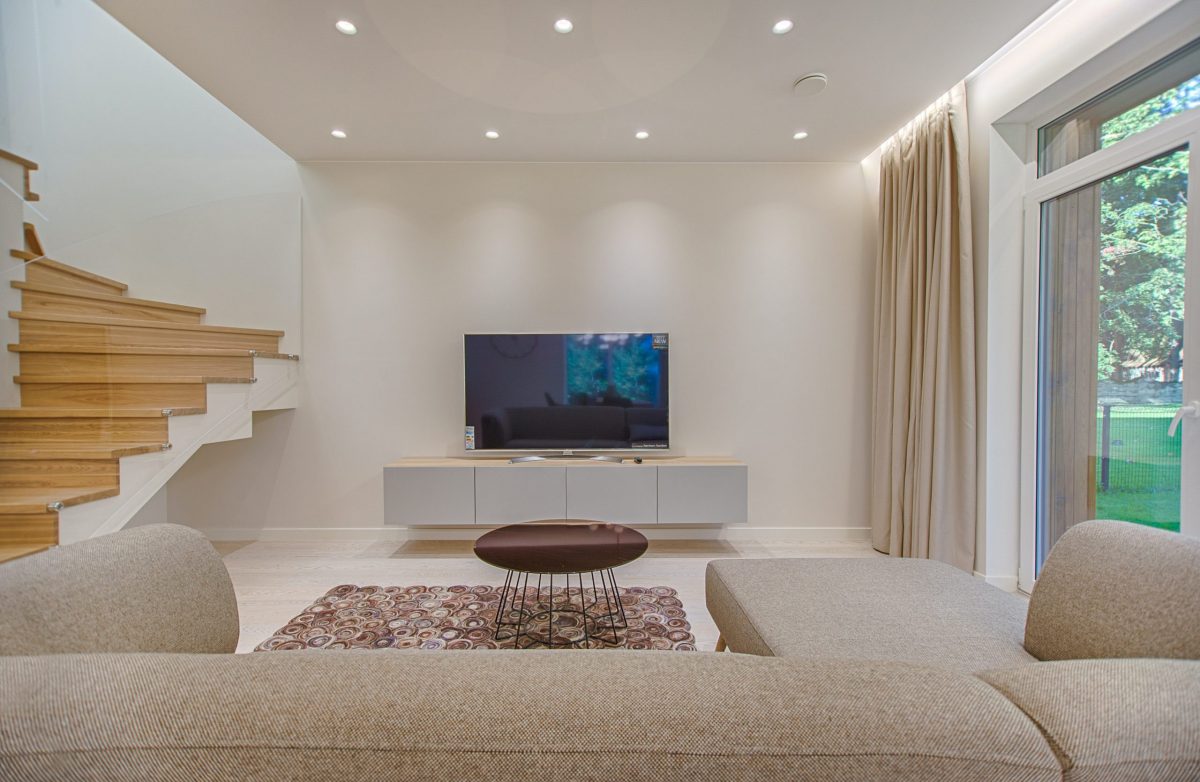The Best Ways To Keep Your Cords and Cables Organized at Home

It’s not uncommon to discover that your workspace, wardrobe, dressing table, or even rubbish drawer has a cluttered mass of wires and connections. These twisted nests are not only unsightly but create hindrance and distraction. Adding to that, you practically can never tell which gadget is connected to which plug, and lord helps if you unintentionally unplug something critical while it is updating. Keeping your electronics’ wires organized not only keeps your room looking nice and neat but also ensures everything runs smoothly.
Nonetheless, one doesn’t need you to spend an entire salary buying odds and ends to get the job done, either. You may not realize it, but the majority of things you need are already in your home. If you must buy some essentials, you may just have to drop a couple of bucks at a hardware shop or get a few things online.
TIPS FOR MANAGING ALL OF YOUR CORDS
Fasten cords and wires to the wall
Have you ever observed that whenever you have technicians come to your house to undertake electrical wiring repair, they frequently attach a slew of cable wire clips to your walls? Well, such clips and hooks are also called plastic or polyethylene coaxial staples, nail-ins, coaxial cord staples, or other terms.
Such cables run flat along the floor or anywhere the wires must go, for instance, up and around entrances and door or window frames. Cable staples lock and tidily retain wires in place. There appears to be no logical reason why you cannot use them while on a quest to clean the clutter.
Label your cables and cords
The first thing you have to do is to get rid of the unneeded wires and cords. The following step would be to arrange your wires so that you can simply find them when you need them in the future. You can name cables, connections, and cords for an array of electronic gadgets in your house so you can readily identify them. If you come across a cable and don’t know what it’s for, simply glance at the label. Put label clips on the cords or wires, preprinted or handwritten, so they don’t get mixed up.
Tie or wrap cables
Are you done with your wires becoming knotted amongst themselves? If so, wrapping or tying them separately may help. If you like, you may use elastic bands and zip ties, but anything affordable and reusable will make your job easier — particularly for wires that you use regularly. There are several options, ranging from elastic twist ties to velcro wraps. If you notice that one wire is considerably longer than the others, loop it over a few times before cinching it up nicely with a cable tie.
Use cover cords
If you’re looking for a simple way to hide and organize your HDMI (High-Definition Multimedia Interface), speaker, or TV wires, the cord cover is a good alternative. You may get a cord cover that matches your floor or wall to make it less noticeable while also concealing the clutter of cords.
Use painter’s tape
If you run out of zip ties or One-Wraps and need an immediate fix for cable organization, painter’s or masking tape might come in handy. Painter’s tape can protect cables from scratching the backside of a table, a wall, or the underside of a tabletop. The common drawback with painter’s tape is that it does not last forever. Depending on the surface, cleanliness, and humidity, the tape may last for a few days or only a few hours. If you’re concerned about a fragile varnished surface, put and tear a strip of tape and stick it to your skin a number of times prior to using it. Since your skin’s natural oils make the tape less sticky, making it is less likely to damage the wall.
